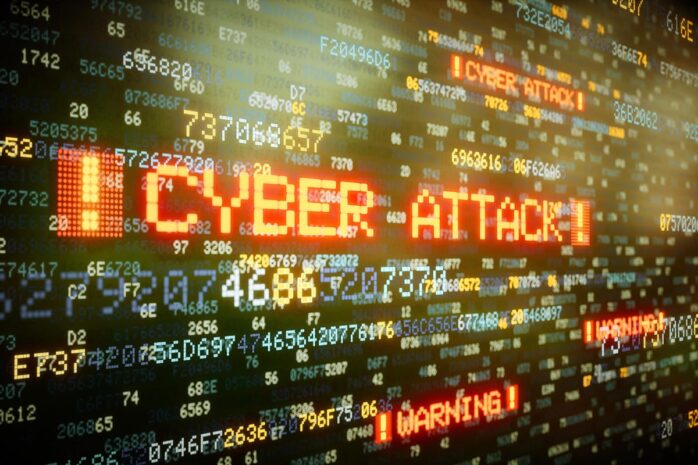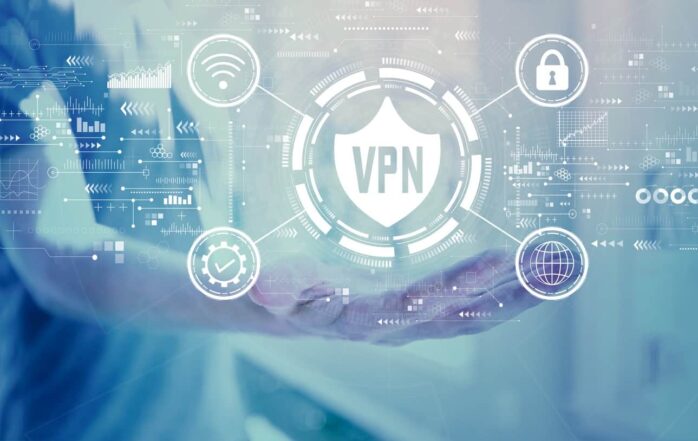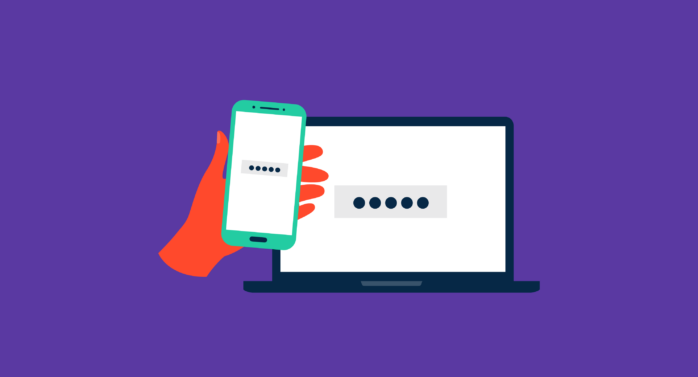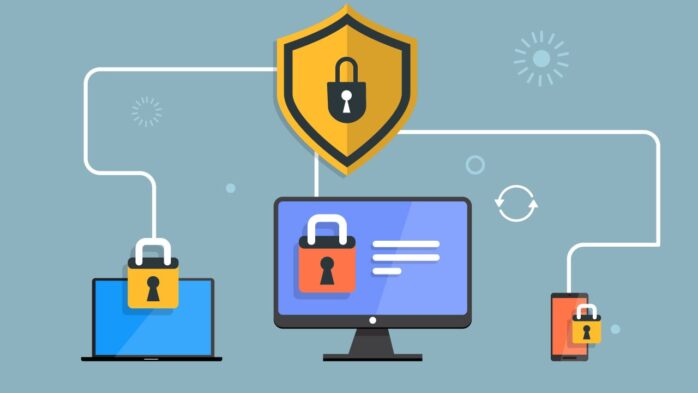Last year, an industry report revealed that 79% of businesses are still concerned about the security risks associated with a remote workforce. The incidence of cyberattacks has increased due to the COVID-19 pandemic, partly due to inadequate cybersecurity measures implemented by many organizations. Moreover, there is a global shortage of cybersecurity professionals across all industries. Investing in well-trained cybersecurity experts is crucial in safeguarding remote workforces against cyberattacks. Every employer thinks about providing remote workforce protection and giving them the tools they need. However, it is better not to defend, but to avoid cyberattacks. We offer a list of simple and effective preventive measures to protect the remote workplace.
How to prevent cyber attacks?

Use a Zero Trust Framework
Zero-trust frameworks are essential, mainly when dealing with remote workers. The zero trust model operates on the principle that all individuals and devices attempting to access a network may pose a threat and must go through authentication at each access point and for every activity. This includes both internal and external network users, as well as cloud-based or local users.
According to a report by IBM, compromised credentials accounted for approximately 20% of data breaches in 2021, resulting in an average cost of $4.37 million per breach. Organizations that implemented a zero-trust approach experienced data breaches that were, on average, $1.76 million cheaper.
Use a VPN

The range of VPN applications is great, but still one of the main tasks is to ensure security. If you’re looking for a good product, check out VeePN. This is a powerful site unblocker with 2500+ VPN servers. It can provide access to any website, regardless of its regional restrictions. All you have to do is VPN download free and connect to one of the servers. This is a multi-platform product, it can be installed both in Google Chrome and Firefox, Safari, and Edge, as well as on a router, etc.
Improved Password Management
People have heard it many times before, but it is worth reiterating that using “password” as one’s password is not recommended. The same goes for “password1” and “1234.” Criminals can employ various algorithms to guess commonly used passwords. Here are some best practices for creating passwords:
– Use different passwords for different accounts.
– Avoid using personal information such as pet names, street names, or important dates in your password.
– Never share your password with anyone.
– Remember that longer passwords are more difficult to guess.
– If you need to store passwords, consider using a secure password management system.
Multi-Factor Authentication

To mitigate the heightened risks posed by remote and hybrid employees, it is advised for them to utilize a remote desktop setup, like a VPN, as well as Multi-Factor Authentication (MFA). With MFA, users are required to provide two or more verification methods to successfully log in. In fact, according to Microsoft engineers, 99.9% of compromised accounts do not employ MFA.
Acquire the Right Remote Working Tools
Remote work presents a unique experience that necessitates a distinct set of tools for proper implementation. Managers and leaders must ensure the safety of remote working tools for their employees. By collaborating with the IT team, they can assess the security of desired applications. It is also crucial to remind remote workers to regularly update their software applications.
You should use a VPN even on your iPhone or Android, as it is useful not only for its security and access to sites, but also because it can unblock popular content. They make it possible to watch all the movies and shows on Netflix and listen to any music on iTunes. You can read more from the link above. VPN combines security and access to any content, which makes it a universal assistant for remote employees.
Install a Comprehensive Cybersecurity Software

Nowadays, ordinary antivirus software is insufficient to withstand the threats posed by hackers and cyber attackers. It is crucial to invest in a comprehensive cybersecurity solution capable of combating a wide range of malware, scams, and zero-day attacks. While a high-quality antivirus program provides a satisfactory level of protection, there exist additional cybersecurity packages that can enhance this defense and complement the primary antivirus program.
Conclusion
Remote work has brought a host of new security risks, especially for those without the right cybersecurity protocols in place. By taking precautions such as implementing a zero-trust framework, using VPNs, improving password management, utilizing multi-factor authentication, and investing in remote working tools and comprehensive cybersecurity software, organizations can better secure their remote workforce from threats like cyberattacks.



















